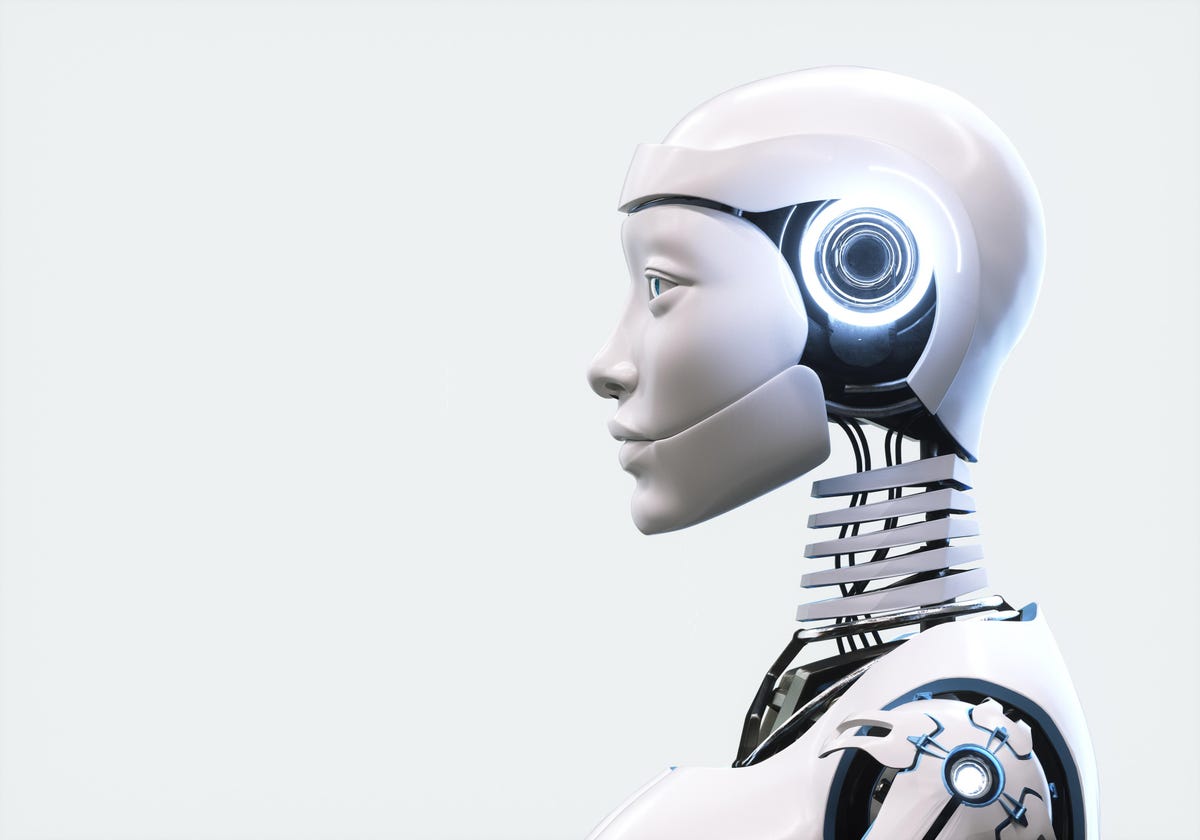Comments
- No comments found

As artificial intelligence (AI) continues to advance, it is transforming the world in ways that were once unimaginable.
AI is already impacting nearly every industry, from healthcare and finance to retail and transportation, and it is poised to revolutionize the way we live, work, and interact with one another. Given the scale and scope of the AI revolution, it is existentially important to consider what types of machine intelligence we are after: imitative AI or real AI.
Imitative AI, also known as human AI, is designed to make software or hardware act rationally or think intelligently in a similar way to how humans think. It involves studying how the human brain thinks and learns in order to solve specific problems or provide particular services. This type of AI is useful in many applications, such as natural language processing (NLP), image recognition, and speech recognition. However, it has limitations, as it is based on the idea of imitating human behavior rather than creating truly independent intelligence.
Real AI, on the other hand, is a machine or robotic intelligence that can detect, identify, interpret, process, register, compute, and manipulate all the key variables from any complex environment to effectively interact with the world. Real AI is not designed to imitate human behavior, but rather to create independent intelligence that is capable of learning and making decisions on its own. Real AI requires a fundamental understanding of the world and the ability to reason about it, something that imitative AI does not possess.
The iron law of intelligence states that "an interactive [common sense causal] world [knowledge and intelligence] model is the essence of any real intelligent systems, natural or artificial." This means that any real intelligent system, whether natural or artificial, must have an interactive, commonsense, causal world model in order to effectively interact with the world. If an AI model lacks an encoded or pre-trained interactive commonsense world knowledge and intelligence model, then the application is non-intelligent by design.
Unfortunately, many modern generative or conversational AI models based on a transformer language model are getting things wrong. These models, such as Microsoft's/OpenAI/ChatGPT, Google/LaMDA/Bard, Meta/LLaMA, and others, rely on finding and storing surface data patterns within sequences in the neural network architecture. While these models are useful for some applications, they lack the fundamental understanding of the world that is required for true intelligence.
Hyperautomation refers to the combination of AI, machine learning (ML), and robotic process automation (RPA), is a step in the right direction towards real AI. Hyperautomation involves the use of AI and ML to automate and optimize business processes. By automating repetitive tasks, hyperautomation allows human workers to focus on higher-level tasks that require creativity and problem-solving skills.
Hyperautomation is still limited by the imitative nature of AI. In order to achieve true hyperautomation, we need to develop real AI that is capable of independent learning and decision-making based on a deep understanding of the world.
As AI continues to advance, it is important to consider what types of machine intelligence we are after. Imitative AI, or human AI, is useful for many applications, but it is limited by its reliance on imitating human behavior. Real AI, on the other hand, is capable of independent learning and decision-making based on a deep understanding of the world. While hyperautomation is a step in the right direction, we must continue to develop real AI in order to fully realize the potential of this transformative technology.
Leave your comments
Post comment as a guest